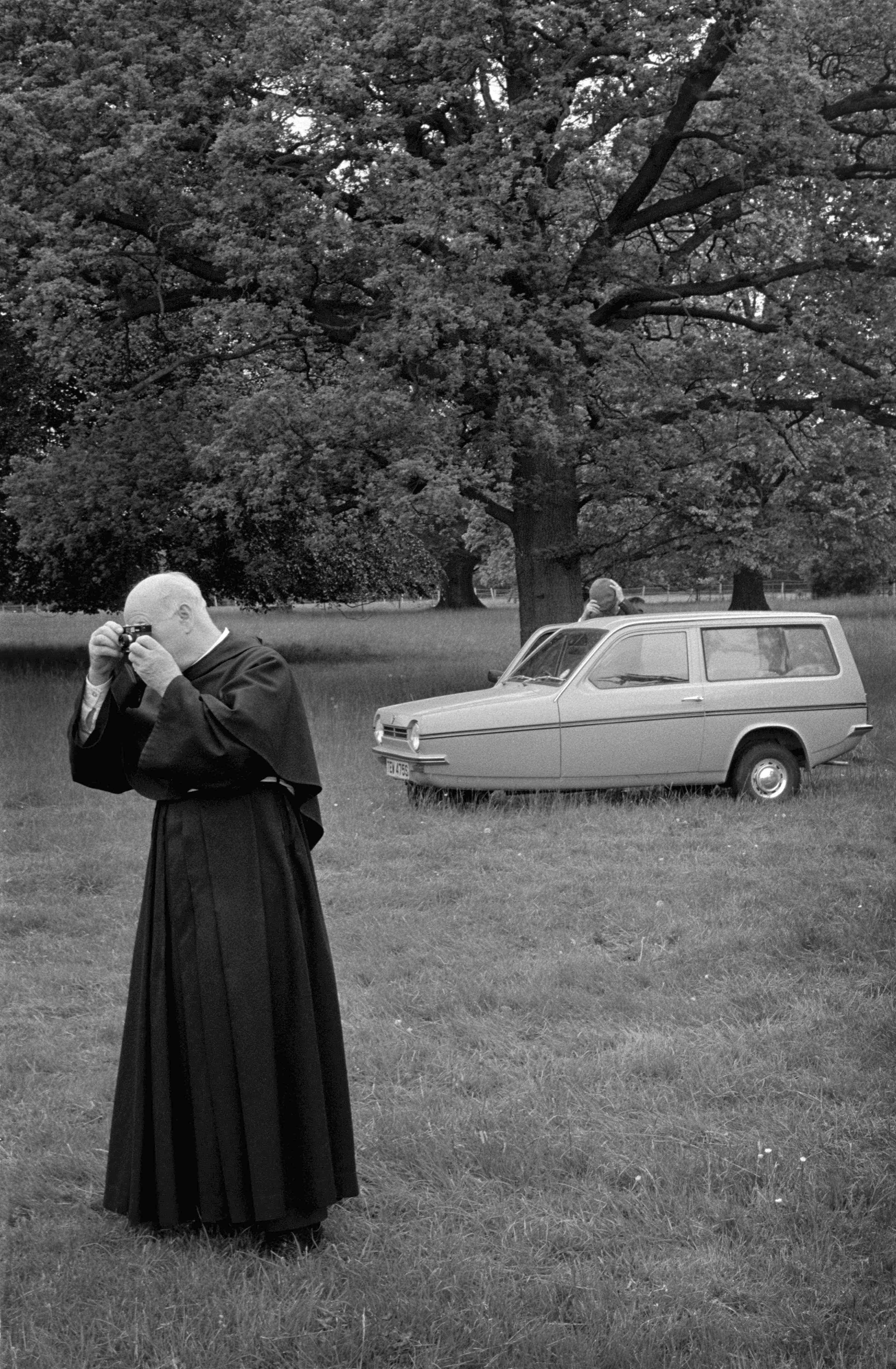The untold stories of Britain’s Polish community
- Text by Jacob Charles Wilson
- Photography by Czesław Siegieda

For the first few years of his life, Czesław Siegieda slept under the curved metal roof of a Nissen hut, on an RAF airfield turned displaced persons camp in Leicestershire. His parents, along with 250,000 other Poles, had moved to Britain in the years following the Second World War. They were members of a generation who had seen their country ravaged by war and Soviet occupation.
Over time they formed small communities, all the while believing they were only ‘temporary guests’ in Britain. At the age of 13, Siegieda took up photography. Later, inspired by the storytelling of W. Eugene Smith, André Kertész, and Josef Koudelka, his childhood hobby became a unique work of documenting the overlooked day-to-day aspects of his parents’ generation.
“They grouped together as communities and kept their familiar traditions going,” he remembers. “They formed Polish Saturday morning schools for their children so that they could teach them the Polish language, customs, traditions, that little bit of Polish history., but more importantly, their religion – prayers, catechism and so on – so that they remained within the Roman Catholic faith.”
Speaking English at school and Polish at home, Siegieda moved seamlessly between lives. “When I was a teenager a lot of people asked whether I was Polish or English, and I honestly couldn’t make up my mind. It was such a confusing question. For me, it was quite normal to switch from one to another. I never saw myself as an outsider.”

Fawley Court, Oxfordshire, England

Tadeusz, Józef and Helena, Loughborough, England
He puts his inquisitiveness down to his informal role as a translator for his widowed mother: “I realised that gave me an ability to be sensitive around people, to observe them and to understand them.”
“When my father died I realised that they’d been through a lot – and they were fairly tough people. However, I was aware that everything I was experiencing and seeing was coming to an end when these people died, which is why I tried to take as many photographs when I could.”
The story of the first generation of Poles to live in the UK is little heard, much less seen. Siegieda explains how the community tended to look inwards, in part because of the racist prejudice they faced, but also because they saw themselves as guests in a foreign country, even as their children came to feel British and as the prospect of returning to an independent Poland diminished.
“They were biding their time without really knowing if it would come around,” he adds, finally. “When the Iron Curtain came down I didn’t really detect a sense of relief, I think they were so used to being in this country – their lives were formed in this country, their homes were here now – that they didn’t express any great wish to go back to Poland.”

Annual Corpus Christi Event, Laxton Hall, Northamptonshire

Laxton Hall, Northamptonshire

Józef waiting to go to church for his First Holy Communion, Loughborough, England

Laxton Hall, Northamptonshire

Pitsford Hall, Northamptonshire

St Briavels Polish Scout House, Gloucestershire, England

Pitsford Hall, Northamptonshire, England

Christmas nativity play rehearsal, Polish Social Club, Loughborough, England

Polish priest on his way to a funeral, Loughborough, England
Polska Britannica will be published by RRB on April 6.
See more of Jacob Charles Wilson’s work on his official website.
Enjoyed this article? Like Huck on Facebook or follow us on Twitter.
Latest on Huck

Clubbing is good for your health, according to neuroscientists
We Become One — A new documentary explores the positive effects that dance music and shared musical experiences can have on the human brain.
Written by: Zahra Onsori

In England’s rural north, skateboarding is femme
Zine scene — A new project from visual artist Juliet Klottrup, ‘Skate Like a Lass’, spotlights the FLINTA+ collectives who are redefining what it means to be a skater.
Written by: Zahra Onsori

Donald Trump says that “everything is computer” – does he have a point?
Huck’s March dispatch — As AI creeps increasingly into our daily lives and our attention spans are lost to social media content, newsletter columnist Emma Garland unpicks the US President’s eyebrow-raising turn of phrase at a White House car show.
Written by: Emma Garland

How the ’70s radicalised the landscape of photography
The ’70s Lens — Half a century ago, visionary photographers including Nan Goldin, Joel Meyerowitz and Larry Sultan pushed the envelope of what was possible in image-making, blurring the boundaries between high and low art. A new exhibition revisits the era.
Written by: Miss Rosen

The inner-city riding club serving Newcastle’s youth
Stepney Western — Harry Lawson’s new experimental documentary sets up a Western film in the English North East, by focusing on a stables that also functions as a charity for disadvantaged young people.
Written by: Isaac Muk

The British intimacy of ‘the afters’
Not Going Home — In 1998, photographer Mischa Haller travelled to nightclubs just as their doors were shutting and dancers streamed out onto the streets, capturing the country’s partying youth in the early morning haze.
Written by: Ella Glossop